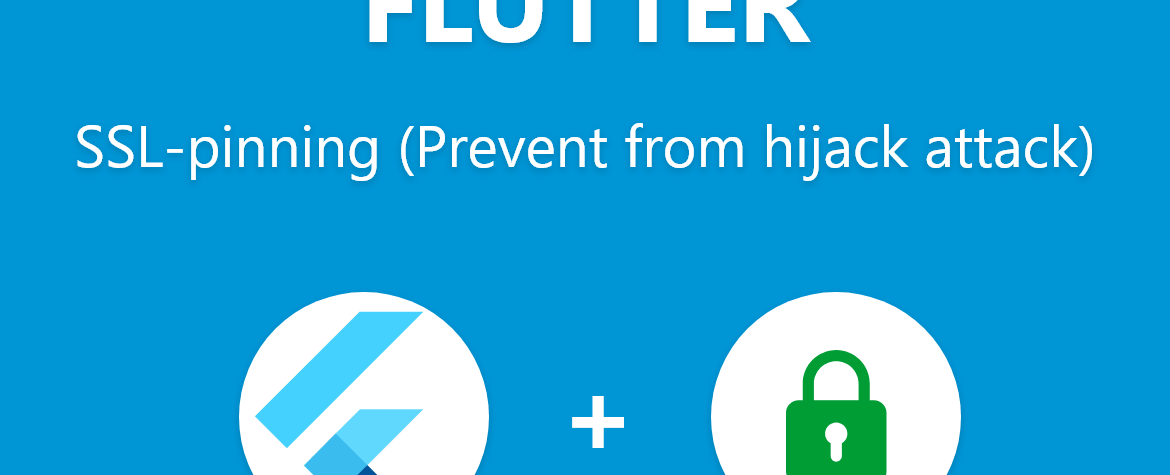
How to implement SSL Pinning in your Flutter App
SSL pinning is an important security feature that can protect Flutter applications from network hijacking attacks. By configuring your app to use secure certificates, you can ensure your users only receive and send data to the appropriate servers. Learn how to set up SSL pinning in your Flutter app and keep hackers away from sensitive data.
What is SSL-pinning?
SSL-pinning allows you to pin a server’s key or a public key to the client. one among the foremost efficient ways to realize this in mobile apps is embedding a trusted SSL certificate. this manner we ignore the system storage and may manually specify which certificate is trustworthy. This method comes in handy when it’s necessary to use a self-signed certificate without having the top user install it.
Why SSL-pinning needed?
The HTTP protocol was susceptible to this attack to start with, therefore a secure version of the protocol was created so as to repair this issue. It uses SSL or TLS to encrypt the connection between a client and a server. the server sends its certificate to the client for identification. The X.509 certificate may be a file that contains the subsequent information:
- Name
- Public key
- Serial number
- Signature algorithm
- Digital signature
The identification process requires that:
- The server name must precisely match the name given within the certificate, otherwise the certificate could also be considered compromised.
- The SSL certificate chain are often traced from a personal SSL certificate through intermediate certificates to the basis certificate of a trusted certificate authority.
Let us check out the second point more closely.
It would be impossible to put in each certificate separately, there are too many of them. Thus, the subsequent certificate management system comes into play. Since certificates are basically server identities, they’re doing not appear on their own — they are issued by certificate authorities. The CA certificates, also referred to as root certificates, play the foremost significant role. CAs are publicly available and their keys are trusted by default. they’re usually embedded within the OS and obtain updated alongside with it. Certificates operate during a strict hierarchy. CA certificates can sign other certificates which successively sign next-level certificates etc. If a certificate is compromised, it are often revoked along side its child certificates. It seems fairly secure but what if the user compromises the certificate storage on their system by installing the intruder’s certificate?
How to implement SSL-pinning in flutter?
Method 1:
Create your client with a SecurityContext with no trusted roots to force the bad certificate callback, even for a good certificate.
SecurityContext(withTrustedRoots: false);
In the bad certificate callback, parse the DER encoded certificate using the asn1lib package.
For example:
Method 2:
You can use ssl_pinning_plugin library. This will Check the equality between the known SHA-1 or SHA-256 fingerprint and the SHA-1 or SHA-256 of the target server.
example code.
Main purpose of using SSL-pinning is to prevent your flutter app from hijack attack, and keep your app secure from hackers.
Learn Flutter in 90 days with Pawneshwer!
Dart Beginners Course in Hindi free of cost for limited period.
250+
LESSONS
30+
COURSES
15+
TUTORS
Subscribe to our newsletter!
Related Posts



Quick Links
Legal Stuff
Social Media




